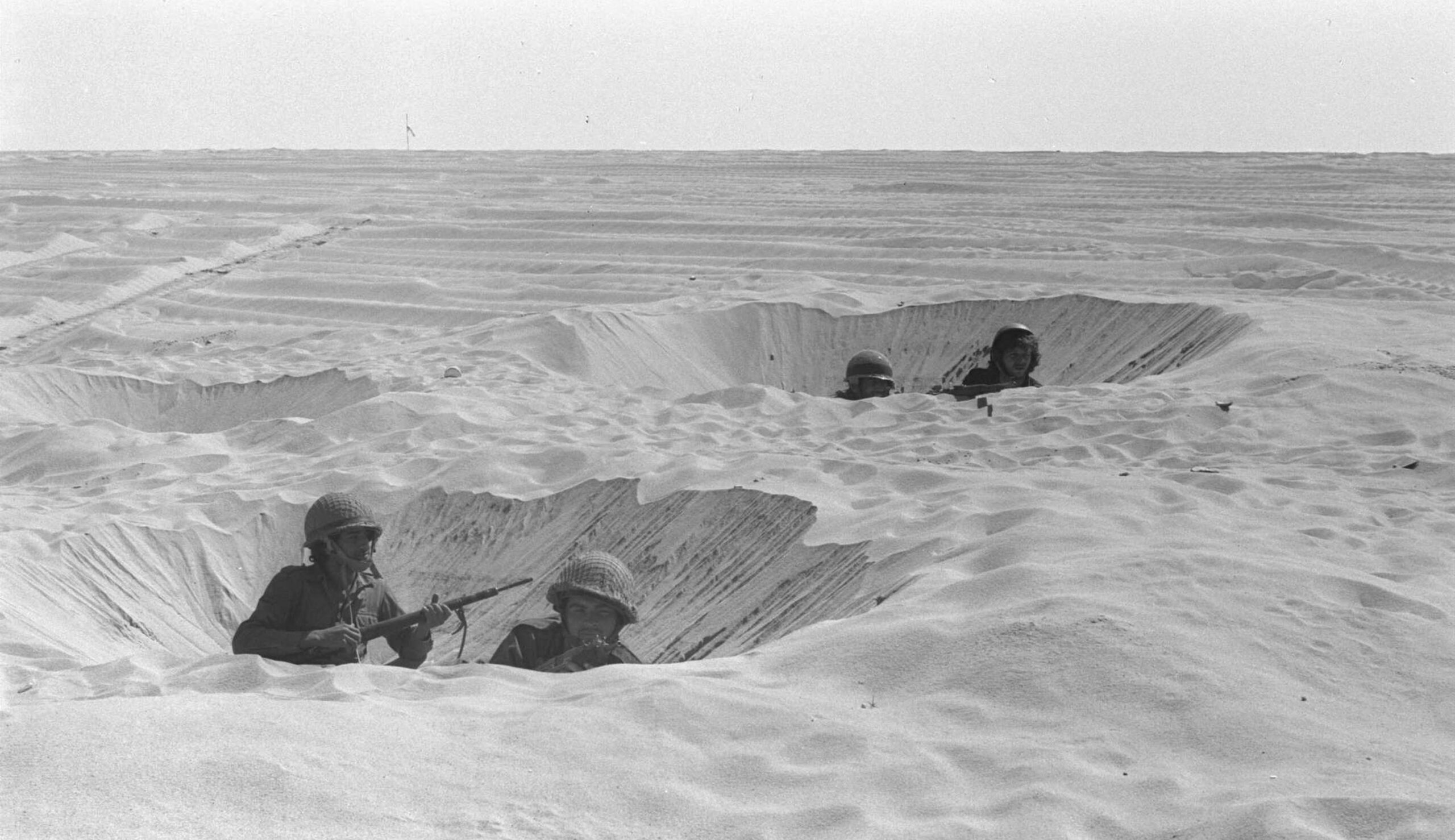Using cutting-edge techniques of machine learning and computerized image processing, a group of Israeli scientists and archaeologists have examined the Hebrew handwriting of a group of clay fragments from the early 8th century BCE known as the Samaria ostraca. Amanda Borschel-Dan reports on their findings:
The Samaria ostraca are a collection of over 100 pottery pieces upon which are recorded a few words of biblical Hebrew. . . . The ostraca were thoroughly recorded by a 1910 Harvard Semitic Museum expedition, and the new study is based on digitally enhanced scans of the Harvard negatives.
The few words etched on the small clay pieces found in [what is now] Nablus record commodities: which containers held what, from which region and clan, and when . . . they were brought to the ancient city. For example, [one] piece states: “In the year ten from Hazeroth to Gaddiyau jar of bath oil.”
Through these meager words, rare early examples of Iron Age, paleo-Hebrew script, linguists have already learned that those who wrote them used a dialect of biblical Hebrew, today called the northern dialect, which was different from that spoken in the kingdom of Judah. Although the same language, words were pronounced differently and different word constructions were used.
The study concluded that the same two scribes wrote the 39 ostraca examined thus far. While this suggests limited literacy during this time, which is thought to have been the peak of the northern kingdom’s prosperity, Israel Finkelstein—a distinguished archaeologist and one of the study’s coauthors—notes that climate conditions meant that fewer texts have been preserved from this period in contrast to others.
More about: Ancient Israel, Archaeology, Biblical Hebrew


